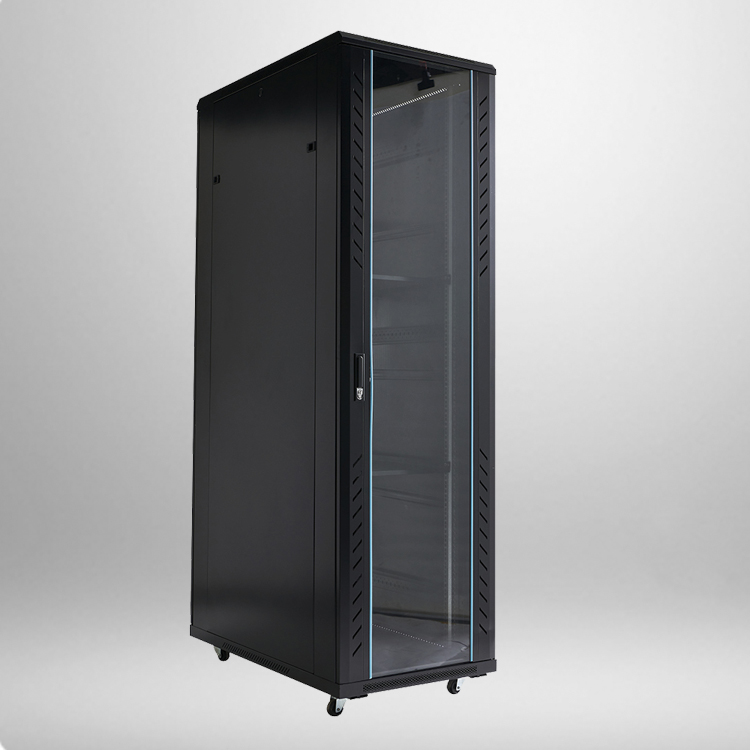
An enclosed server cabinet, also known as a server rack or server enclosure, is a specially designed cabinet that houses server equipment in a secure and organized manner. It provides several benefits for businesses and organizations that rely on servers for their IT infrastructure. Here are some of the key benefits of using an enclosed server cabinet:
A server cabinet provides a secure enclosure that protects servers from physical damage such as accidental knocks, spills, and tampering. It ensures that the server equipment remains operational and minimizes the risk of costly downtime.
Enclosed server cabinets are designed with ventilation features that help to maintain an optimal operating temperature for the servers. They typically have perforated doors, sides, and top panels that promote proper airflow and prevent overheating. This helps to extend the lifespan of the servers and improve their overall performance.
Server cabinets are designed to accommodate multiple servers and network equipment in a systematic and organized manner. They typically have adjustable racks or shelves that allow for flexible placement of equipment. This makes it easy to manage and access the servers, cables, and other components, saving time and effort in locating and maintaining equipment.
Servers can generate a significant amount of noise, especially if they are not properly housed. Enclosed server cabinets are designed with soundproofing materials that help to reduce noise levels and create a more comfortable working environment. This can be particularly beneficial for businesses that have their servers located in close proximity to office spaces or customer areas.
Server cabinets are designed to be modular, allowing for easy scalability as the business grows and technology requirements change. Additional racks or shelves can be added to accommodate more servers or equipment as needed. This flexibility helps to future-proof the IT infrastructure and minimize the need for expensive and disruptive retrofitting or redesigning.


